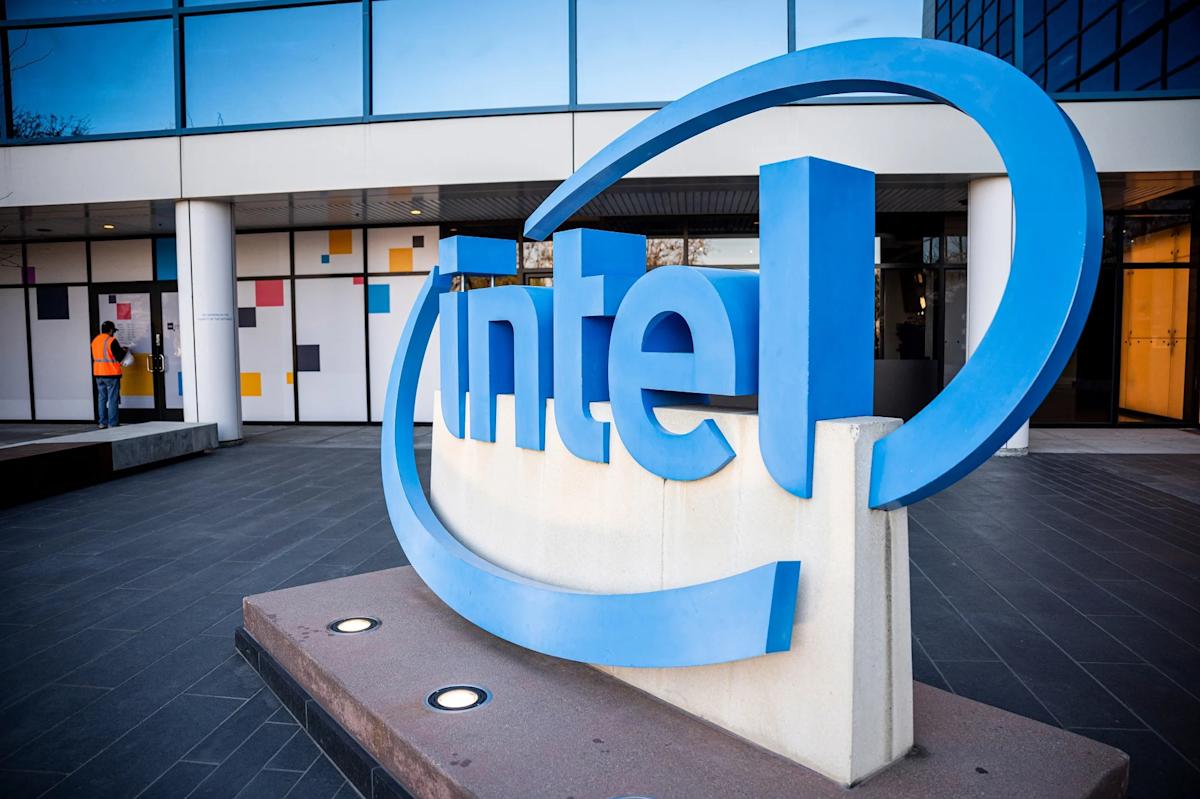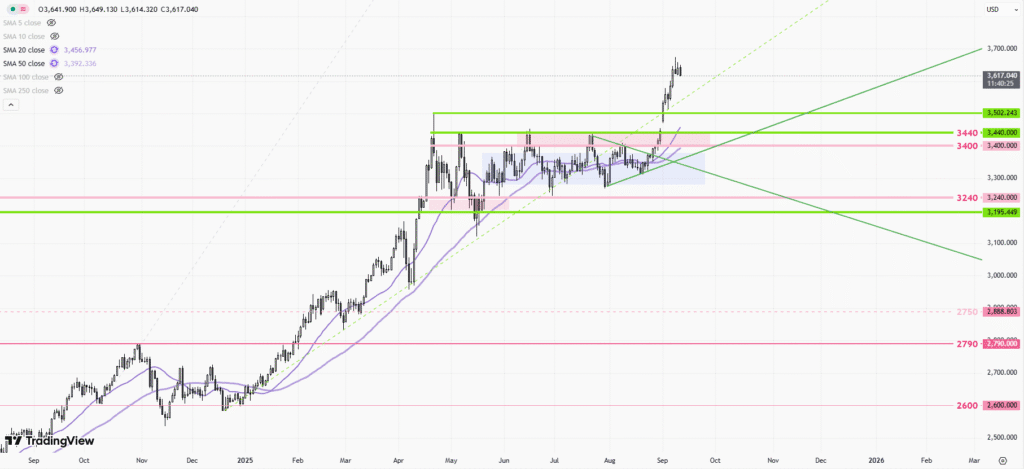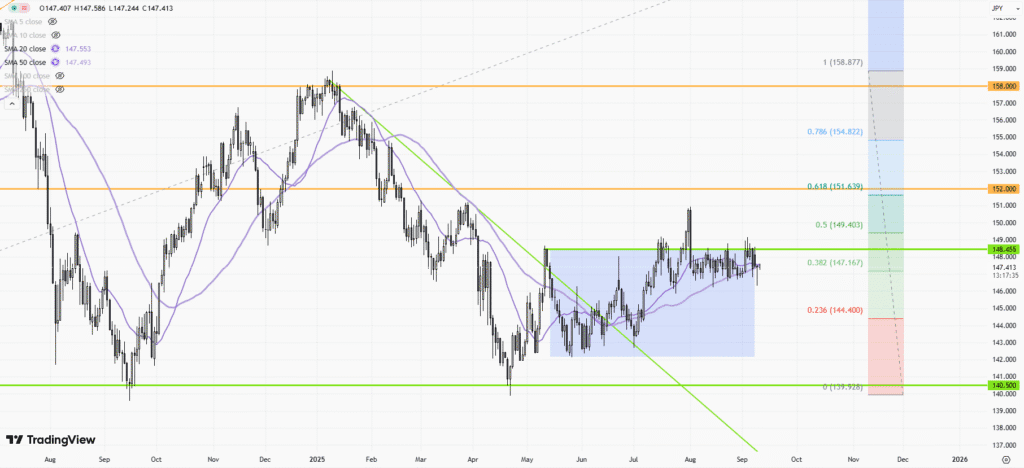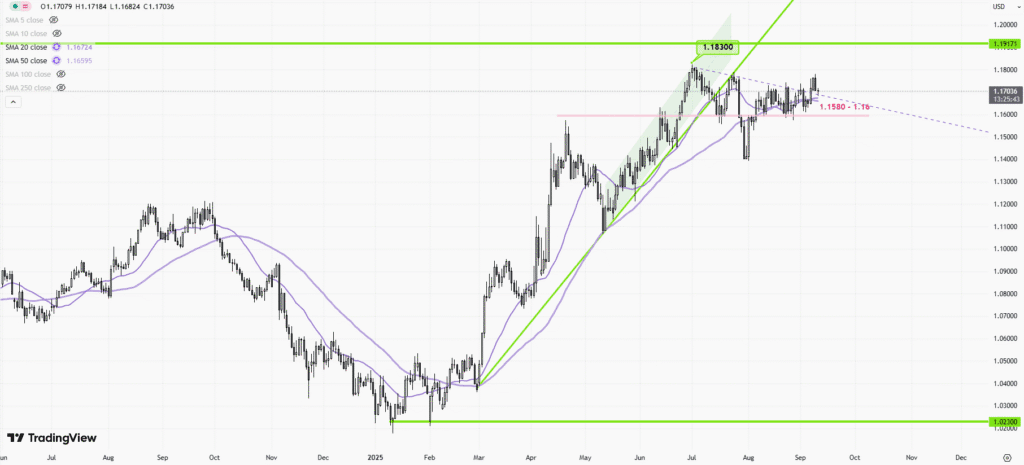 |
| Gold V.1.3.1 signal Telegram Channel (English) |

Taiwan’s Semiconductor Industry Set for 22% Surge in 2025 Driven by AI Demand and TSMC Growth
2025-08-19 @ 15:01
Taiwan’s semiconductor industry is on track for a remarkable surge in 2025, reflecting not just its technological leadership but also its unique position within a rapidly evolving global landscape driven by artificial intelligence (AI), advanced manufacturing, and shifting geopolitical tides.
Record Growth Fueled by AI Demand
Industry projections for 2025 signal a robust 22.2% growth in Taiwan’s semiconductor sector, with output value expected to reach NT$6.5 trillion (roughly $216.7 billion). This revision upward from previous forecasts is primarily attributed to surging orders for chips powering AI applications, an area that continues to transform everything from cloud computing to autonomous vehicles.
The manufacturing segment stands out as the chief engine of this expansion. Advanced chip foundries are set to generate NT$4.36 trillion in output, which marks a 27.5% year-on-year increase. The pace reflects both explosive demand for high-performance computing and the industry’s agility in scaling up technologically sophisticated processes.
TSMC: The Industry Bellwether
No conversation about Taiwan’s semiconductor success is complete without Taiwan Semiconductor Manufacturing Company (TSMC). As the world’s largest contract chipmaker, TSMC alone produces over half the planet’s advanced chips, supplying giants such as Apple, Nvidia, and AMD.
For 2025, TSMC has elevated its projected sales growth from an already-high 24–26% to an impressive 30%. The primary catalyst? The massive computing power required for next-generation AI workloads. Such requirements are accelerating the adoption of smaller, faster, and more energy-efficient chips, all areas where TSMC commands a global technological lead.
A Strategic Nexus in Global Supply Chains
Taiwan’s dominance in chip manufacturing makes it an essential pillar of the global technology supply chain. Local firms lead not only in contract manufacturing (also known as foundries), but also boast strong positions in IC design, packaging, and testing. The IC design sector itself is expected to grow over 12% in 2025, further cementing the island’s role as an innovation hotspot.
This centrality, however, comes with strategic sensitivities. Countries around the world are increasingly aware that disruptions in Taiwan could reverberate through every corner of global industry: automotive, consumer electronics, cloud infrastructure, and defense systems among them. This has led to international calls for diversification and “reshoring” chip production, even as Taiwan continues to invest heavily in innovation and capacity.
Geopolitics: Opportunity and Risk
As the race for semiconductor supremacy heats up, Taiwan finds itself at the heart of geopolitical competition, particularly between the United States and China. The US has stepped up efforts to strengthen domestic chip manufacturing through policy and subsidies, while also engaging with Taiwanese partners in a bid to secure technology flows for critical sectors. In response to such initiatives, TSMC and other industry leaders are making significant capital investments both domestically and overseas.
Yet, geopolitics pose ongoing challenges. Export controls, shifting trade alliances, and the push by China for technological self-reliance all add layers of complexity to supply chain management. Furthermore, security tensions—exacerbated by high-profile military displays in the broader region—underscore the importance of resilience and contingency planning in semiconductor production.
Innovation and Future Challenges
The relentless pace of innovation in Taiwan’s semiconductor sector is not simply about output volume, but about technological breakthroughs. Companies are aggressively ramping up research in fields such as advanced packaging, quantum computing components, and new materials—all of which are vital for supporting the AI revolution’s insatiable needs for speed, efficiency, and scale.
However, the sector faces hurdles that could temper growth if left unresolved. These include supply chain vulnerabilities, talent shortages, rising costs, and mounting sustainability pressures as manufacturers seek to reduce carbon footprints and energy usage.
Looking Ahead
For investors, industry watchers, and tech firms worldwide, Taiwan’s semiconductor powerhouse remains a barometer of the broader digital economy’s health. In 2025 and beyond, the island’s ability to fuse technical excellence with strategic agility will define not only its own fortunes, but arguably the trajectory of the entire global technology ecosystem. As AI cements its role as a primary growth driver, those with stakes in the sector should watch closely—Taiwan’s next moves could shape the digital future for years to come.








